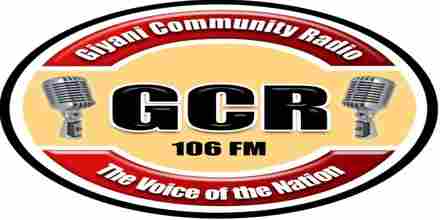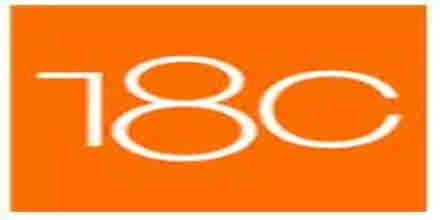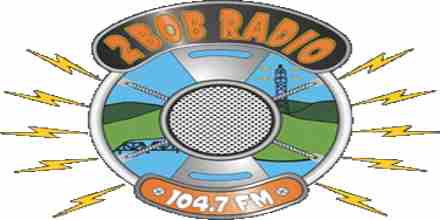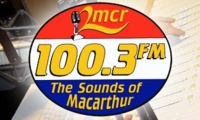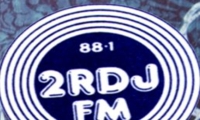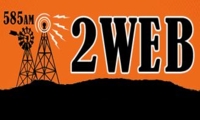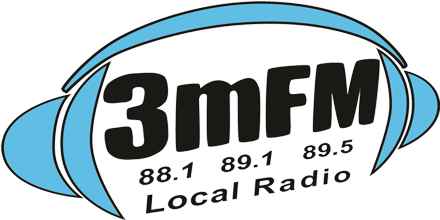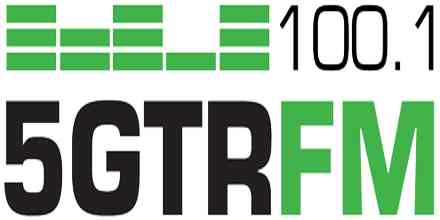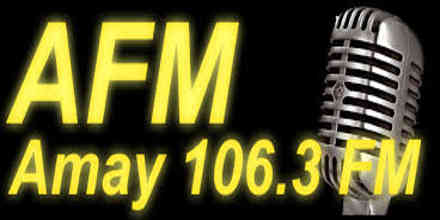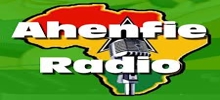The music genre known as "Community" is an innovative and rapidly evolving fusion that draws from a diverse array of influences to create a unique sonic landscape. Emerging from the collaborative efforts of artists across various disciplines, Community music is characterized by its emphasis on collective creativity, inclusivity, and the blending of disparate musical elements.
At its core, Community music often features a rich tapestry of sounds that can include electronic beats, acoustic instruments, vocal harmonies, and experimental soundscapes. This eclectic mix allows for a wide range of emotional expressions, from uplifting anthems to introspective ballads. The genre's flexibility is one of its defining traits, as it continually adapts and incorporates new styles, making each Community album or performance a unique experience.
One of the standout features of Community music is its focus on collaboration. Artists within this genre frequently work together, blending their individual strengths to create something greater than the sum of its parts. This collaborative spirit extends beyond the studio, often involving live performances that encourage audience participation and interaction. Concerts in the Community genre are not just passive listening experiences; they are immersive events where the line between performer and audience blurs, fostering a sense of unity and shared enjoyment.
The lyrical content in Community music is equally diverse, often addressing themes of social justice, personal growth, and community engagement. Lyrics can be poetic and introspective, offering deep reflections on the human condition, or they can be playful and energetic, celebrating life's joys and triumphs. The genre's openness to various lyrical styles allows it to resonate with a broad audience, making it accessible yet deeply meaningful.
Production techniques in Community music are as varied as its influences. Producers often experiment with layering sounds, using both analog and digital tools to create rich, textured compositions. The use of loops, samples, and live instrumentation is common, resulting in a dynamic and ever-changing sonic palette. This experimental approach not only keeps the genre fresh but also encourages innovation within the broader music industry.
Community music's visual aesthetic is another important aspect that sets it apart. Album artwork, music videos, and stage performances often feature vibrant colors, abstract imagery, and symbolic elements that reflect the genre's inclusive and forward-thinking ethos. These visuals serve to enhance the listening experience, creating a multi-sensory journey for fans.
The Community genre has seen significant growth in recent years, with festivals and concerts dedicated solely to this style of music popping up around the world. These events attract not just musicians but also artists from other fields, such as visual arts, dance, and theater, further enriching the genre's collaborative spirit. The Community movement is more than just a musical trend; it represents a cultural shift towards inclusivity, creativity, and collective expression.
In conclusion, Community music is a vibrant and ever-evolving genre that celebrates diversity, collaboration, and innovation. Its unique blend of sounds, lyrical themes, production techniques, and visual aesthetics make it a standout in the contemporary music landscape. As more artists and fans embrace this inclusive approach to music-making, the future of the Community genre looks brighter than ever.
 U.S. Virgin Islands Community 128 kbps MP3
U.S. Virgin Islands Community 128 kbps MP3 3.2k
Haiti, Cap Haitien Community 64 kbps MP3
3.2k
Haiti, Cap Haitien Community 64 kbps MP3 2.9k
South Africa Community 128 kbps MP3
2.9k
South Africa Community 128 kbps MP3

